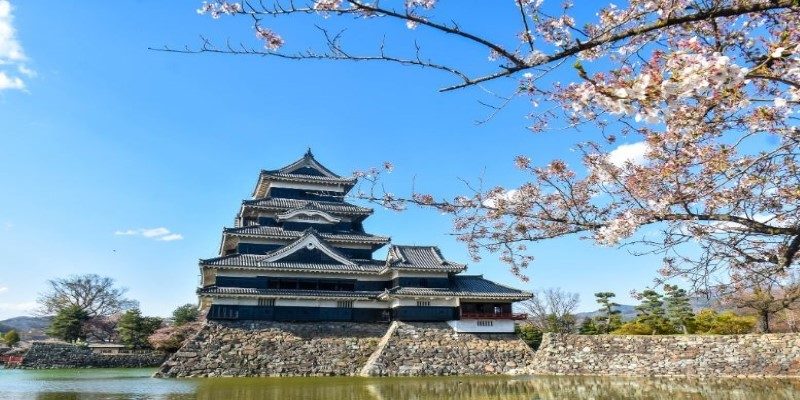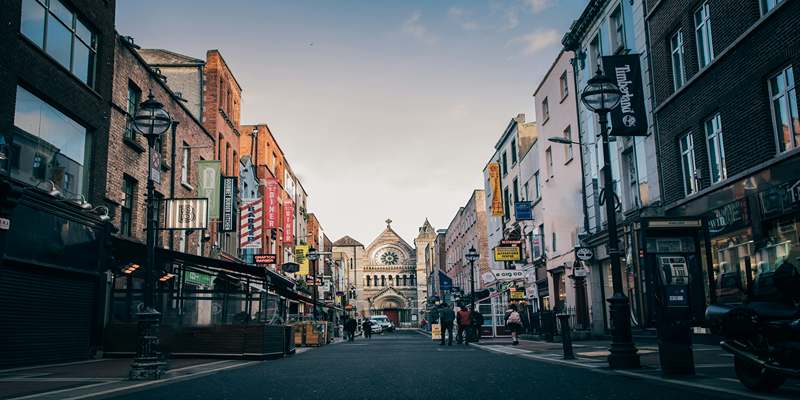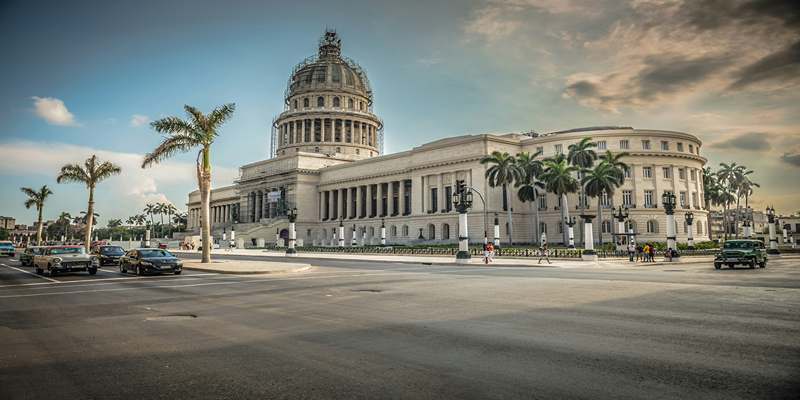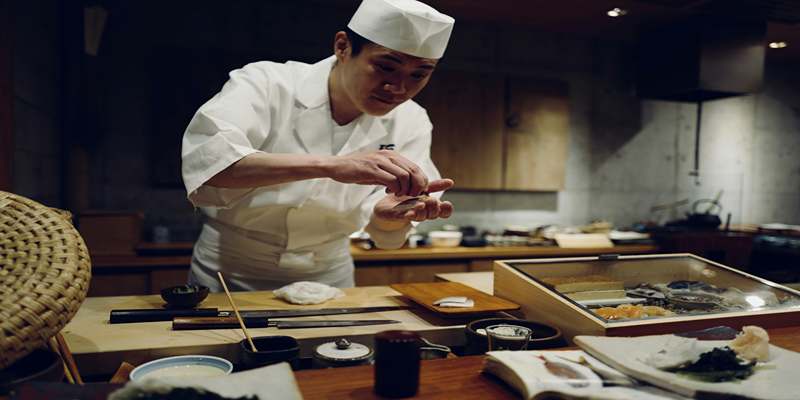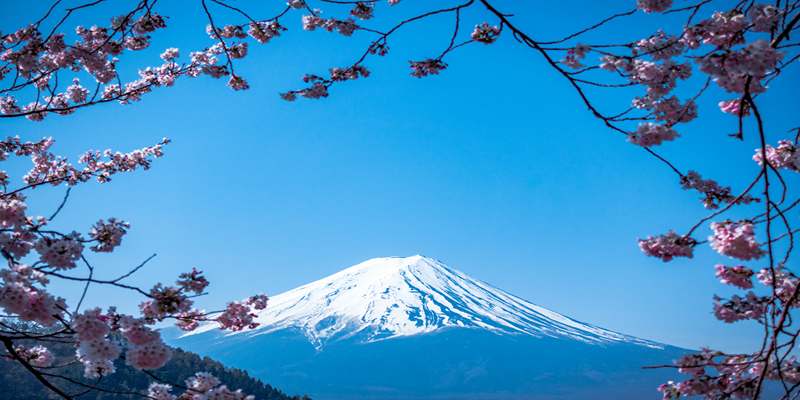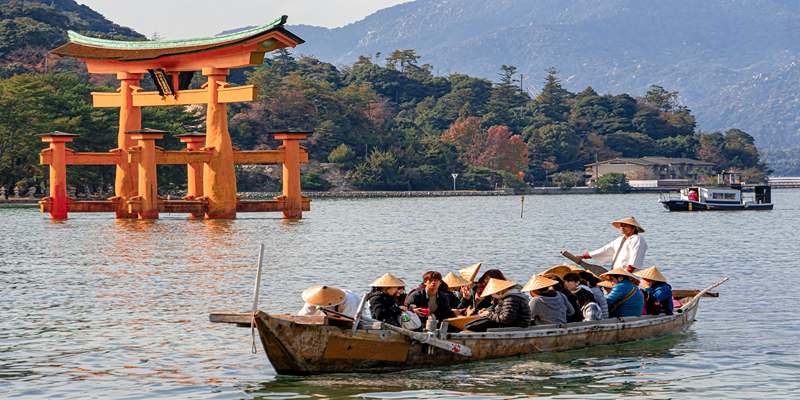At Chichen Itza, visitors can learn a lot about how advanced the ancient Maya were. Being honored as such, the site draws tourists from all over the world. In the Yucatán Peninsula of Mexico, today’s archaeological site was once a busy city famous for its magnificent buildings and astronomical discoveries. If you love learning about ancient cultures, history, and ruins, you won’t forget your visit to Chichen Itza. In this guide, you’ll discover the history and learn how to make your trip memorable, what you’ll find, and how to enhance your cultural visit there.
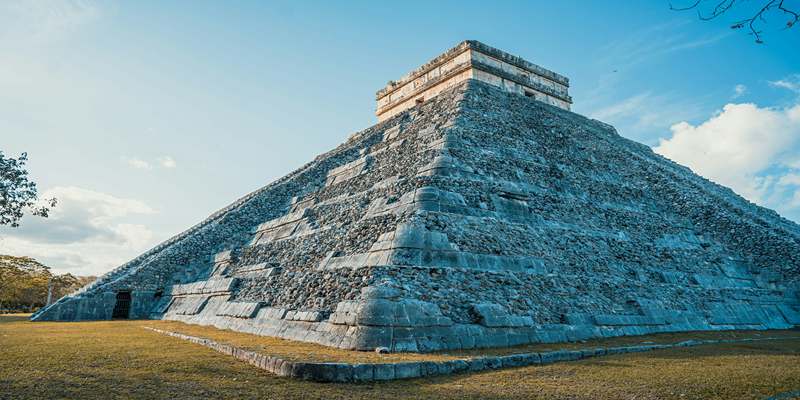
Historical Significance of Chichen Itza
The Rise of the Mayan Civilization
The Mayan civilization held its place as one of the leading ancient cultures in America. From south Mexico to parts of Central America, the Maya made great strides in writing, art, mathematical knowledge, and calendar use. Their people experienced the height of their civilization from 250 to 900 AD. The Maya were busy during this age, constructing both big cities and important ceremonial areas. Chichen Itza developed into a leading city when the Terminal Classic period began. Thanks to its ideal place, other regions could easily start trading and exchanging messages. Thanks to what we find at Mayan sites today, we know that their achievements in astronomy, engineering, and leadership were the basis for places like Chichen Itza.
Chichen Itza’s Role in Mayan History
Chichen Itza stood out as a leading place for politics and business in the Mayan world. Given its religious and administrative function, residents of Thebes probably numbered in the thousands at the height of the city. Chichen Itza kept prospering even when other Mayan cities began to fail. It includes features from other Mesoamerican societies, with reminders of Toltec influence in its design. Because of this integration, Chichen Itza is a major site for seeing how the Mayans adapted and changed through the years by accepting various cultures.
Cultural and Astronomical Achievements
The ancient Maya were keen astronomers, and Chichen Itza’s architecture reflects their celestial observations. El Castillo, also known as the Temple of Kukulkan, is designed to mark solstices and equinoxes, showcasing precise astronomical knowledge. The city’s observatory, El Caracol, features windows aligned with the movement of Venus and other celestial bodies. These achievements highlight the Maya's deep understanding of the cosmos, which influenced their calendars, rituals, and agricultural cycles. Such ingenuity makes Chichen Itza not only a historical site but a scientific marvel as well.
Planning Your Visit to Chichen Itza
Best Times to Visit Chichen Itza
To enjoy Chichen Itza at its best, consider visiting during the cooler months from November to March. The site opens early in the morning, and arriving at opening time helps avoid both crowds and midday heat. Spring and fall equinoxes draw large crowds hoping to witness the serpent shadow phenomenon at El Castillo. If you prefer a quieter experience, plan your trip outside these dates. Weekdays are generally less crowded than weekends. Early visits also improve photo opportunities and allow for a more immersive experience as you explore the ruins and absorb the historic ambiance without distractions.
How to Get There
Chichen Itza is located approximately two hours from Cancun and 45 minutes from Valladolid by road. Visitors can reach the site by rental car, tour bus, or public transportation. Organized tours often include round-trip transportation and a knowledgeable guide, which can enrich your understanding of the site’s history. If you're traveling independently, buses from ADO stations in Cancun or Mérida are reliable and affordable. Parking is available at the entrance, and the roads are well-maintained. Whether you travel solo or in a group, getting to Chichen Itza is straightforward and part of the adventure in exploring Mexico’s Yucatán Peninsula.
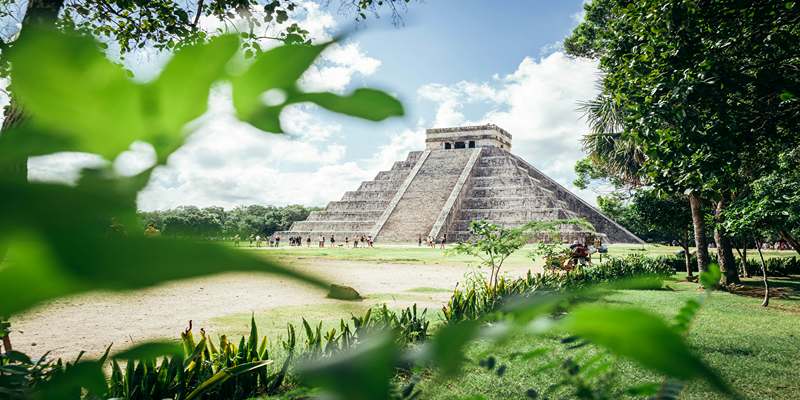
Entrance Tips and Visitor Information
Admission fees apply and may vary for locals and international tourists. Purchasing tickets online in advance is recommended during peak season. Bring water, sunscreen, a hat, and comfortable walking shoes, as the site is expansive and often sunny. Guided tours are available on-site in multiple languages. While drones and professional photography equipment require permits, standard photography is allowed. Respect posted signs and marked paths to preserve the ruins and enhance the experience for everyone.
Exploring the Site’s Key Highlights
El Castillo and Its Symbolism
El Castillo, also known as the Temple of Kukulkan, stands as the most famous structure within Chichen Itza. The pyramid’s design is rooted in the Mayan calendar, with 365 steps representing each day of the year. During equinoxes, a shadow appears to slither down the side, mimicking a serpent—a tribute to the feathered serpent deity, Kukulkan. This phenomenon showcases the Maya's understanding of astronomy and engineering. The pyramid’s architecture was not only spiritual but mathematical, aligning with celestial cycles. Standing at the base of this towering structure offers insight into the precision and cultural depth of Mayan society.
Sacred Cenote and Ritual Significance
The Sacred Cenote at Chichen Itza was a site of religious significance where offerings, including precious items and human sacrifices, were made to the gods. Cenotes, natural sinkholes filled with water, were believed to be portals to the underworld in Mayan mythology. Archaeologists have recovered artifacts such as gold, jade, and pottery from the cenote’s depths, revealing its ceremonial importance. Its role in religious practices emphasizes how natural features shaped spiritual life for the Maya. Today, the cenote remains a compelling part of the site, providing a deeper understanding of Mayan beliefs and their relationship with nature.
Other Notable Structures and Areas
Beyond El Castillo, Chichen Itza features other remarkable structures like the Great Ball Court, the largest of its kind in Mesoamerica. Here, games were played with ceremonial importance, sometimes tied to sacrifice rituals. The Temple of the Warriors, flanked by columns, showcases intricate carvings and statues. El Caracol, the observatory, highlights Mayan astronomical advancements. Each site contributes to the overall experience, offering insights into the city’s complex layout and multifaceted society. Walking among these ruins allows visitors to connect with a culture that flourished through innovation, art, and a unique spiritual worldview that still fascinates people today.
Conclusion
A visit to Chichen Itza offers far more than a walk through ruins; it’s a journey into one of the most advanced civilizations of the ancient world. From its celestial-aligned pyramids to the deep-rooted cultural traditions of the Maya, the site is a living testament to human ingenuity. With proper planning and respect for its heritage, travelers can explore the wonders of Chichen Itza and nearby ruins while immersing themselves in the vibrant culture of Mexico. Take the time to witness its beauty, honor its past, and leave with lasting memories and newfound knowledge.




